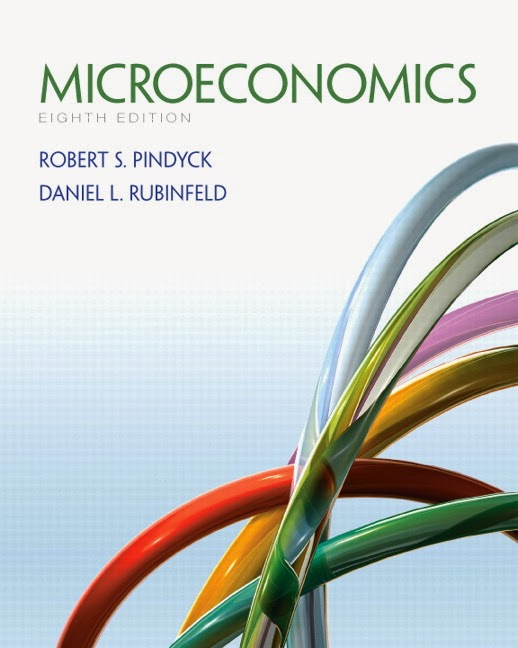
INTERMEDIATE MICROECONOMICS
 |
| Fall 2016 |
 |
Economics 201 INTERMEDIATE MICROECONOMICS |
|
|
|
|
|
|
D. Game Theory and Competitive Strategy 1. Concepts a. Game - players make strategic decisions that take into account each other's actions and responses b. Payoff - value associated with a possible outcome c. Strategy - rule or plan of action for playing a game d. Payoff matrix - table showing payoffs to each player for each combination of decisions made . . . . . . . . e. Cooperative game - participants can negotiate binding contracts that allow them to plan joint strategies f. Noncooperative game - negotiation and enforcement of binding contracts is not possible . 2. Dominant strategy
. . . . . . .
. . . . . . . . 3. Nash equilibrium
. . . . . . . . a. Maximin strategy
. . . . . . . b. Maximize expected payoff
. . . . . . c. "Battle of the sexes"
. . . . . . . 4. Repeated games
. . . . a. Infinitely repeated game
. . . . b. Finite number of repetitions
. . . .
- Too many firms - difficult to coordinate - Rapidly shifting demand or cost conditions - difficult to agree on right course of action . 5. Sequential games
. . . . . . . . . . 6. Competitive strategy a. Threats
. . . . . . . . b. Commitment and credibility
. . . . . . . . c. Bargaining strategy
. . . . . . . . d. Entry deterrence
. . . . . . . . 7. Auctions
. a. Types of auctions (1) English (oral) auction
. (2) Dutch auction
. (3) Sealed-bid auction
(a) First-price auction - sales price is the highest bid (b) Second-price auction - high bid wins, but sales price is the second highest bid . b. Value and information (1) Private-value auctions
. (2) Common-value auctions
. . .
|